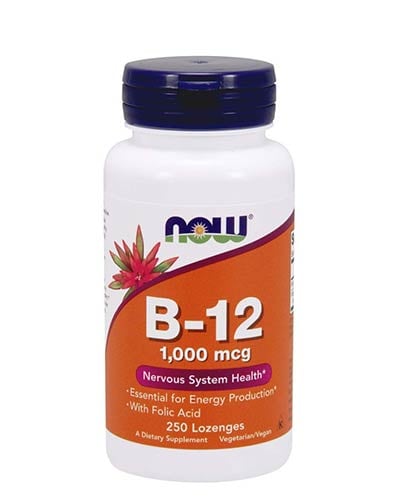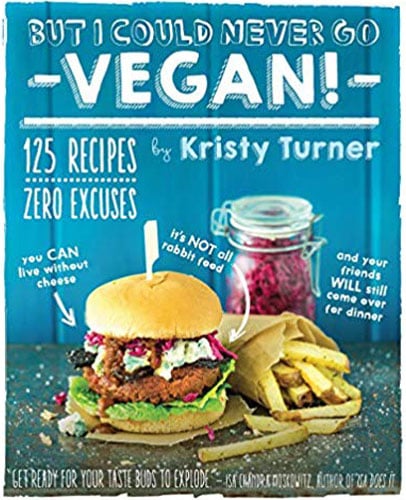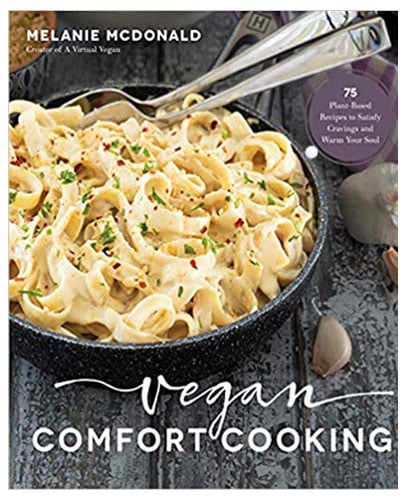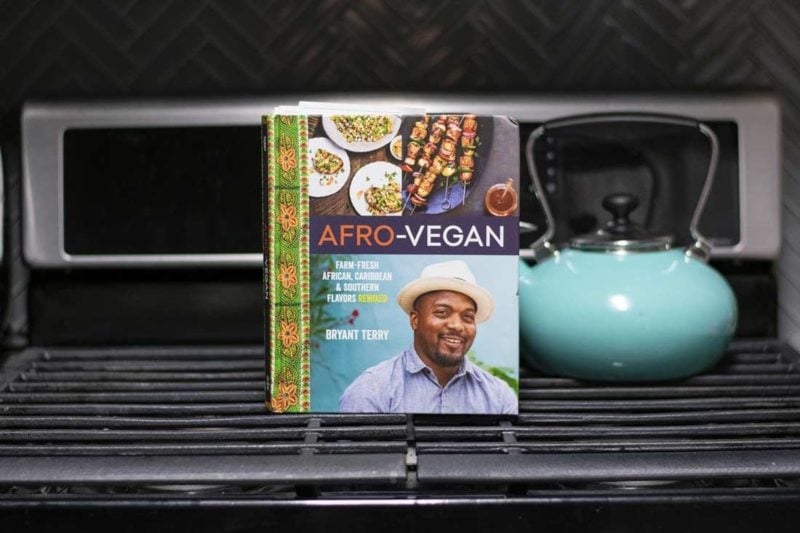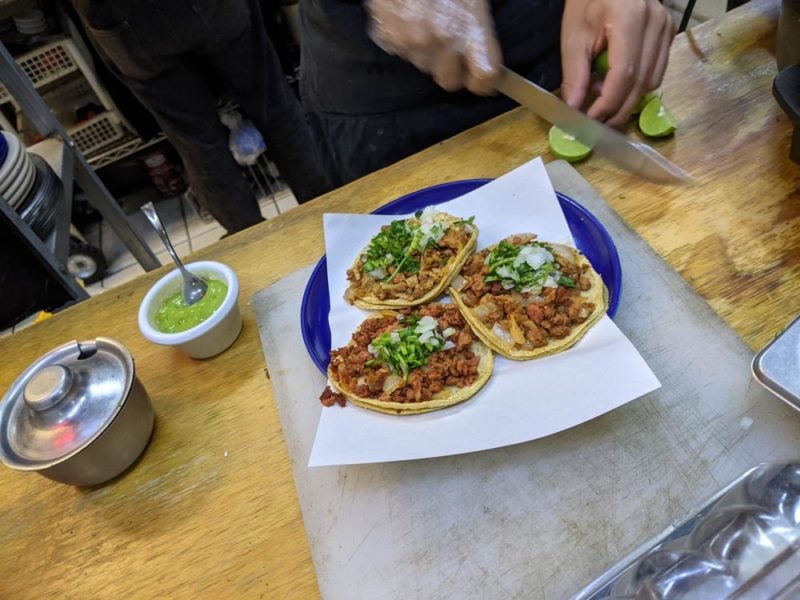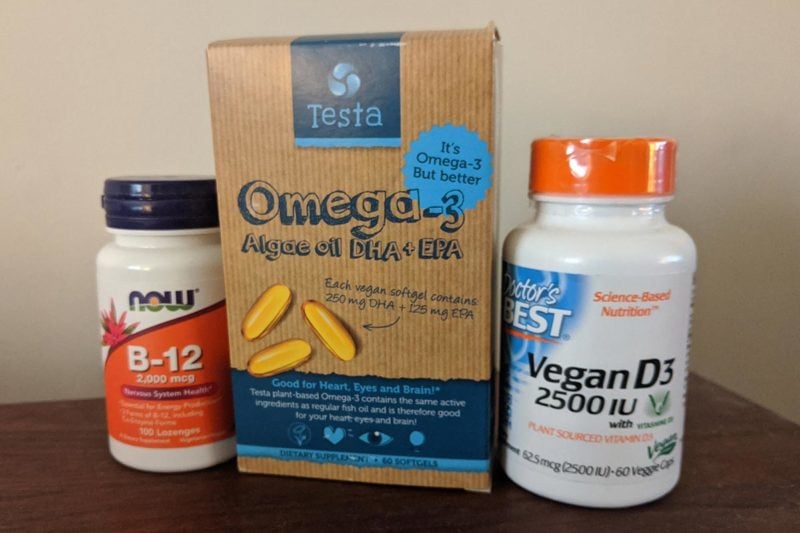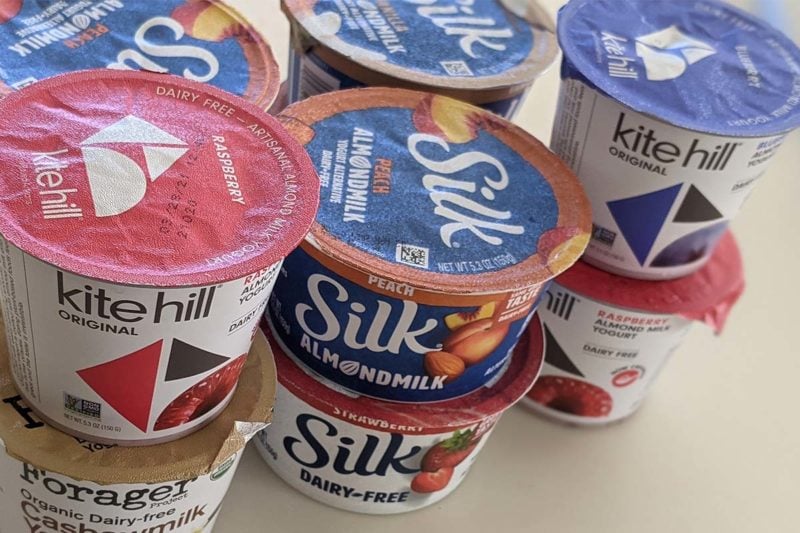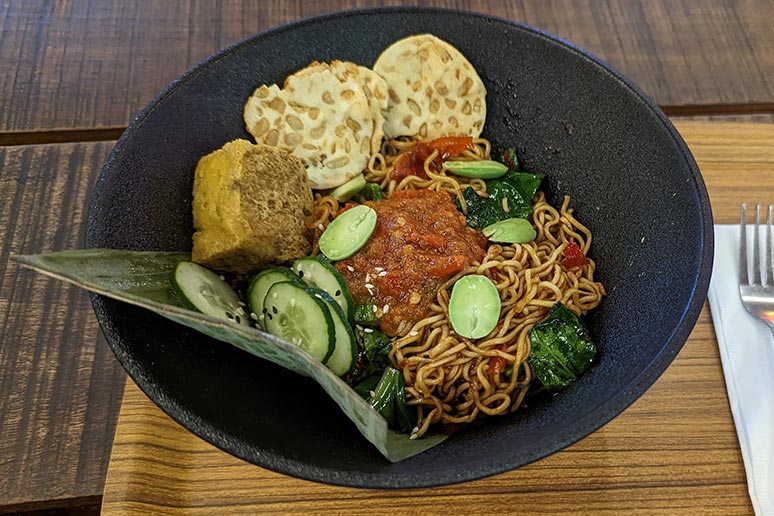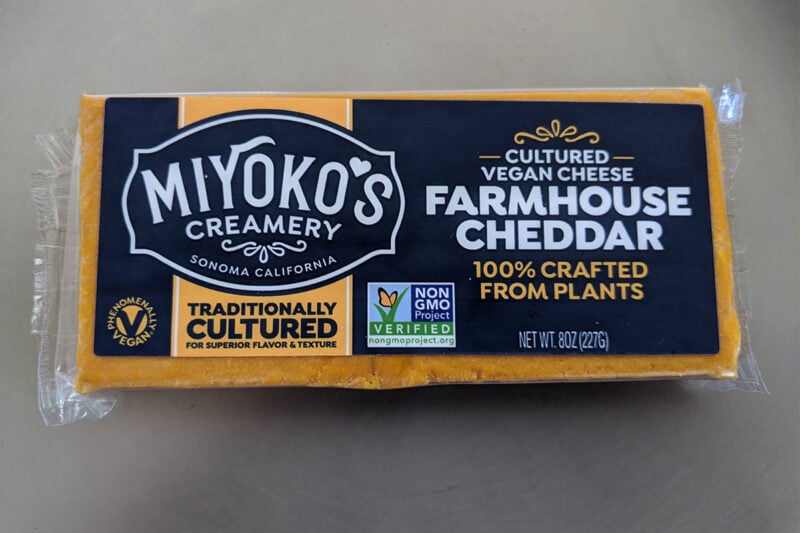All About Roasted Vegetables
Roasted vegetables are not only quick and easy to prepare, they’re also incredibly healthy. If you roast your veggies on parchment paper, cleanup takes just two seconds. Merely discard the used parchment after roasting and there’s no other mess to clean. Better yet, don’t even have to do a thing after you put your vegetables in the oven, apart from a quick flip midway through roasting. That’s a big contrast to all the extra labor and cleanup required if you fry your veggies in a skillet!
Vegetables are a key food for better health. They may reduce risks of both cardiovascular disease and cancer. And people who eat the most vegetables are also likely to enjoy a variety of health benefits. Yet only around one in ten people eat the amount of produce recommended by leading nutrition advisory boards. So if you want to dramatically improve your diet, incorporating more vegetables into your diet makes great sense.
Roasting improves texture, concentrates flavors, and increases digestibility. It’s so easy that you can get superb results on your very first try.
There’s something magical about sliding a baking sheet of chopped raw vegetables into the oven, then returning a while later and pulling out a fragrant, sizzling, perfectly-cooked assortment of roasted veggies. During colder months, nothing will warm you up better than oven-roasted winter squash, parsnips, turnips, sweet potatoes, and other mainstay winter root vegetables.
How to Roast Vegetables
Essential One-Sentence Roasted Vegetables Recipe: Scrub and peel as needed, then roast your vegetables on a parchment-covered baking sheet for 20 to 40 minutes in a 215° C (425° F) oven, turning midway through.
Full length instructions below.
Required Kitchen Equipment
- A chef’s knife (Highly recommended: Victorinox 8″ Fibrox)
- a cutting board
- Mixing bowl
- Baking sheet with either parchment paper or a silicone baking mat
Recommended Vegetables
Using the two lists below, choose at least four or five vegetables. Try to get as many colors as possible, since more colors means more visual appeal and a greater variety of nutrients.
Vegetables Requiring About 40 Minutes Roasting Time:
- Eggplant
- Potatoes
- Winter squash
- Sweet potatoes or yams
- Carrots
- Parsnips
- Garlic (don’t peel!)
Vegetables Requiring About 20 Minutes Roasting Time:
- Peppers of various colors
- Broccoli florets
- Onions
- Summer squash
- Radishes
- Brussels sprouts (halved)
- Mushrooms (especially portobellos)
- Green beans (snip off ends)
- Tomatoes
Preparation
Preheat your oven to 215° C (425° F). Thoroughly rinse your vegetables, then chop them into pieces a bit larger than bite-sized. They’ll shrink to the perfect size during roasting. If you are including broccoli or cauliflower, use a paring knife to remove the skin from the stems leading to the florets. And never throw away the main stems of broccoli—peeled, chopped coarsely, and either pan-fried or roasted they’re absolutely delicious!
Next, put all your chopped vegetables into a mixing bowl and add a little olive oil, Italian herb seasoning, and salt. Mix everything to thoroughly coat the vegetables in oil.
Put a sheet of parchment paper or a silicone baking mat onto your baking sheet. See the lists above to determine which vegetables require 40 minutes baking and which require just 20. If you’re using vegetables that take different amounts of roasting time, you can start the ones that require 40 minutes. Only add a single layer of vegetables to your baking sheet, since if you pile them atop one another they won’t cook evenly or brown properly.
Halfway through roasting, use a metal or silicone spatula to flip your vegetables. Then add the remaining vegetables that require less cooking time. While flipping vegetables halfway through roasting isn’t strictly necessary, doing so will cook them more evenly.
That’s all there is to it—you are now officially an expert at roasting vegetables. My final piece of advice is to not let yourself fall into a rut by roasting the same vegetables every time. Whenever possible, include vegetables hitting their peak of season, and always go for something new. As with salads and stir-fries, try to get as many differently-colored vegetables as possible into each batch. If you constantly change things up, you could eat roasted vegetables every day without it ever becoming monotonous.
Variations:
- Are you a garlic lover? If so, and you’re roasting vegetables that take a while to cook, you can also roast garlic simultaneously. Roasted garlic has a remarkably mellow flavor and a wonderfully rich texture. Just throw some unpeeled cloves—or an entire bulb—in the oven along with your vegetables. After roasting, the skins peel off easily. You can eat the cloves whole, or mash them and mix with olive oil as a sensational spread for French baguettes and other breads.
- Roasting turns hot peppers milder, bringing other marvelous flavors to the forefront. So even if you can’t tolerate spicy foods, you may find you adore roasted hot peppers.
- Another way to jazz things up is to put all your veggies back into the mixing bowl after roasting and add a few squirts of balsamic vinegar along with some freshly-ground black pepper. Give everything a final mix to coat the vegetables and then serve.
- Italian herb seasoning mixes are a popular choice for seasoning roasted vegetables. Most other spice mixes will also produce excellent results. Experimenting with different seasonings will radically change up the flavors of your roasted vegetables.
- Brussels sprouts often get a bad rap, but that’s because few people know how to prepare them well. They’re among the most delicious of roasted vegetables. After rinsing, cut each in half, mix with a coating of olive oil and raw coarsely-chopped hazelnuts, then oven roast for 15-20 minutes, turning midway through. Add some freshly-ground black pepper before serving.
- For added protein, roast a few thick slices of tofu that were marinated in tamari for about 20 minutes, flipping midway through.
If you want to take things even further, Katy Beskow’s Vegan Roasting Pan offers a thorough exploration of the topic.
Once you master roasting vegetables, don’t forget about salads and stir-fries. Getting into the habit of eating these foods on a daily basis is a sure-fire way to reap all the rewards that a vegetable-rich diet has to offer.
For further reading: How to Eat More Vegetables.


